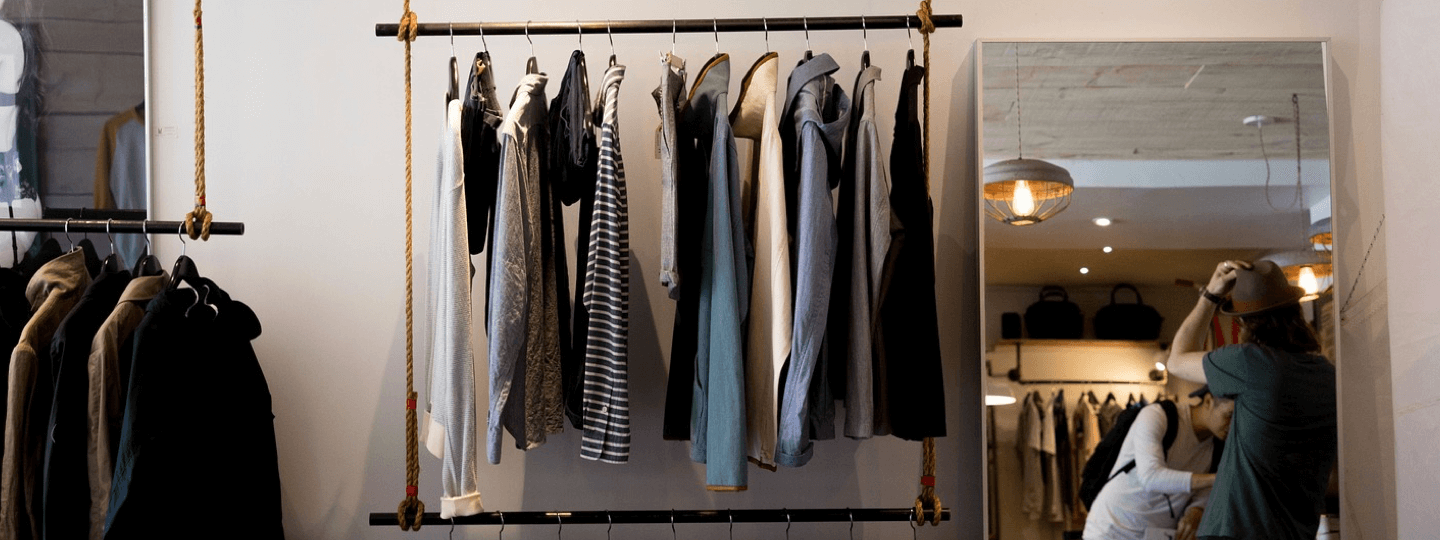Is E-Commerce Really Killing Traditional Retail?
Brick-and-mortar stores are quoting Mark Twain these days when they say “the reports of my death are greatly exaggerated.”
There is no shortage of data tracking the meteoric rise of e-commerce. Online sales in the U.S. are expected to reach $523 billion in 2020 – up 56% from the $335 billion in 2015, according to a report by Forrester Research Inc. The retail environment is evolving at a rapid clip as consumers rely on computers – and increasingly their mobile devices – to research and purchase products online.
But, don’t count traditional retailers out just yet.
According to a Total Retail 2016 report published by PwC, physical stores are still operating from a “position of strength” even as foot traffic at stores slows. Research shows that many consumers still desire a physical interaction with a product. They want to do more than look at photos on their computer screen. They want a hands-on experience to judge colors, fabrics and overall quality for themselves.
Aside from groceries, those goods that consumers say they are most likely to buy in-store include furniture & housewares at 62%; appliances at 59%; do-it-yourself home improvement at 55% and clothing & footwear at 53%, according to PwC.
Research supporting the reality that many shoppers still prefer to make purchases inside a physical store is consistent with PwC’s 2015 Total Retail report that found that nearly 40 percent of consumers make purchases inside a physical store at least once a week compared to 27 percent who buy something online at least once a week. Three of the top reasons that consumers keep coming back to stores is to avoid delivery and shipping costs, get items immediately and try on items such as apparel and footwear, according to PwC.
Clearly, the retail industry is battling stiff competition from formidable online opponents such as Amazon. Retailers and shopping centers alike are working harder to attract shoppers to stores. Shopping center owners are revamping their merchandise mix to reflect the new era of “shoppertainmentment” where it is all about creating an experience-rich environment. The mega-malls emerging around the globe have set the bar high in that regard with amenities that range from aquariums to indoor surfing. For example, American Dream Meadowlands in New Jersey now boasts a 12-story indoor ski slope, not to mention a water park, concert hall, amusement park and NHL-sized ice rink.
Retail stores also are vying for retail sales in a more competitive environment, and that increasingly means developing a multi-faceted omni-channel strategy that reaches out to shoppers across physical stores, online, and via mobile devices. In fact, growing mobile-friendly platforms is the next big challenge for retailers as cell phones will play an even bigger role in retail sales in the future, especially among Millennials. Goldman Sachs is predicting that mobile devices will account for almost half of all e-commerce sales by 2018.
According to PwC, some of the key factors that consumers are looking for to improve the in-store experience include:
- Knowledgeable sales associates
- Ease of checkout
- Ability to check online stock quickly
- Inviting store ambience
- In-store Wi-Fi
The lines are definitely blurring between the physical and digital shopping experience. In fact, more consumers are reaching for their phones in stores to access coupons, check availability or price shop items. Yet physical stores are not falling by the wayside. Although there continues to be shake-out in the retail sector with ongoing store closings, there also are thousands of new stores in the pipeline ranging from Costco and Walmart to Forever 21 and Sephora. Many of those retailers are finding that in order to survive and thrive, they have to stay on their toes in both the digital and physical space.





